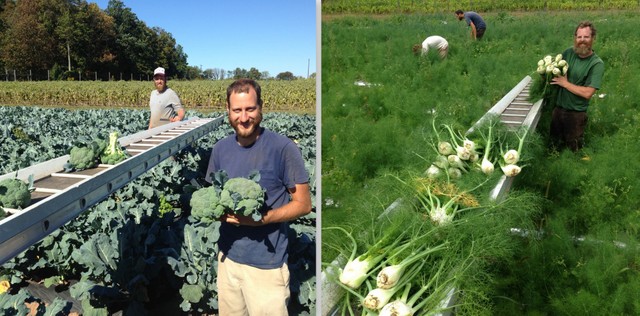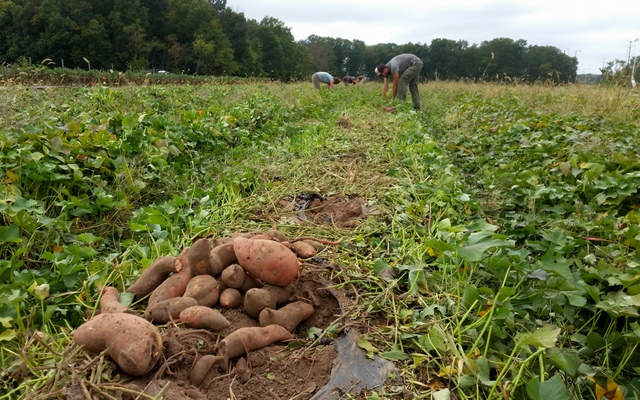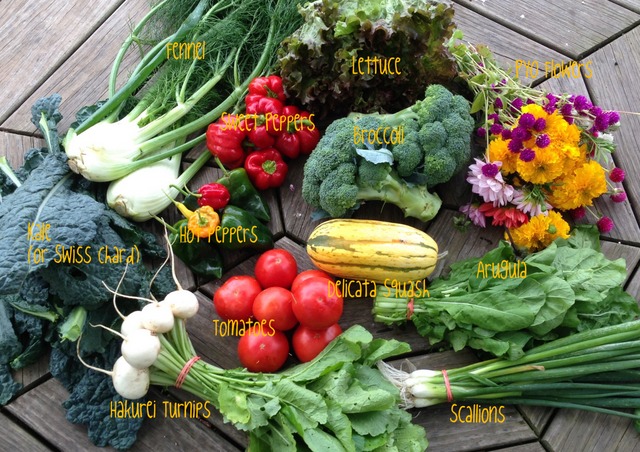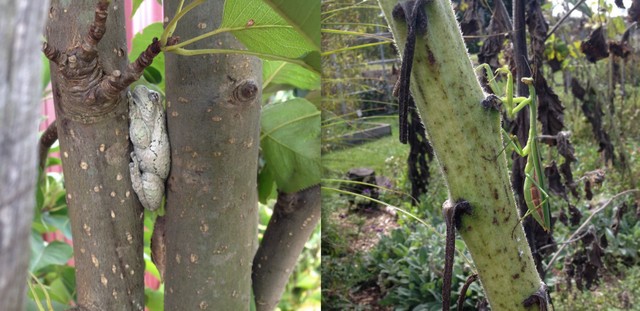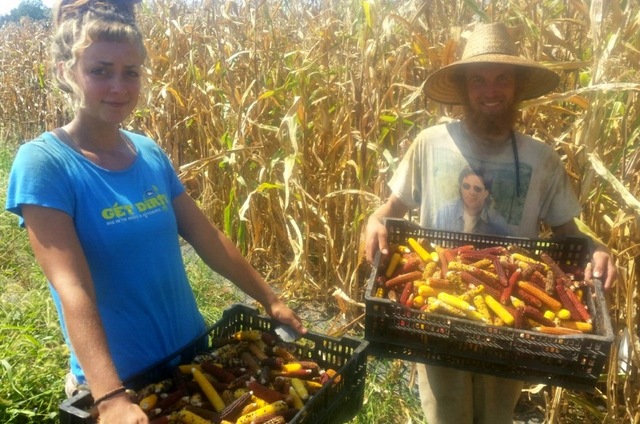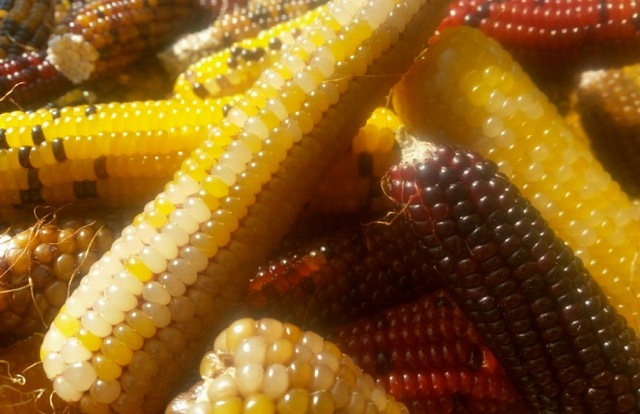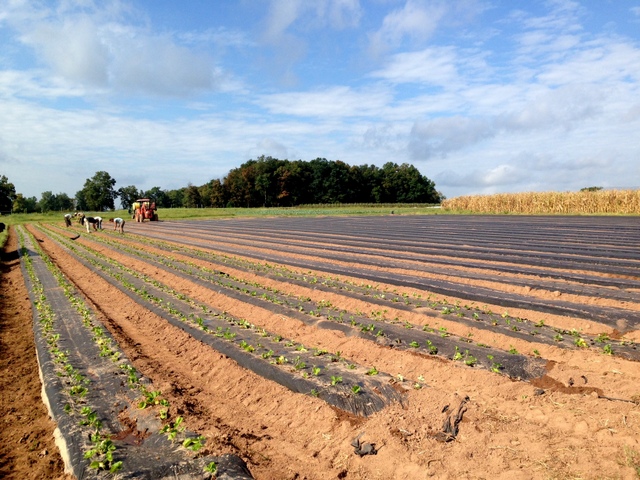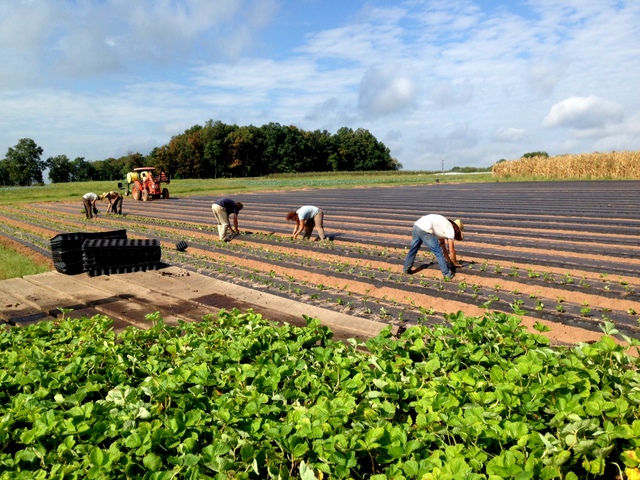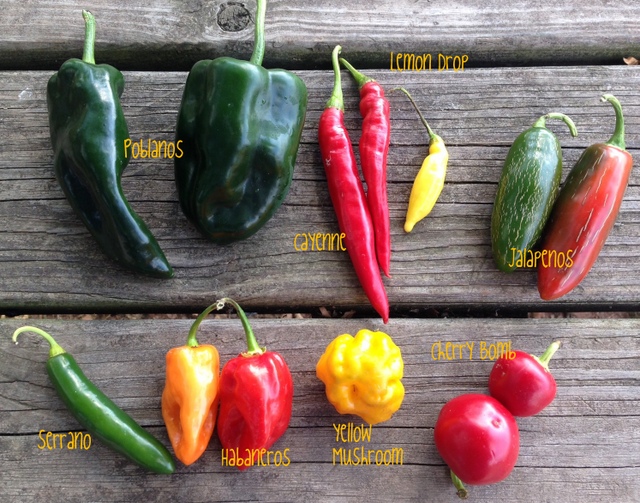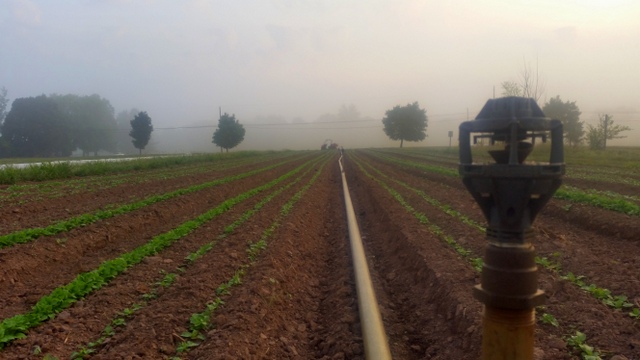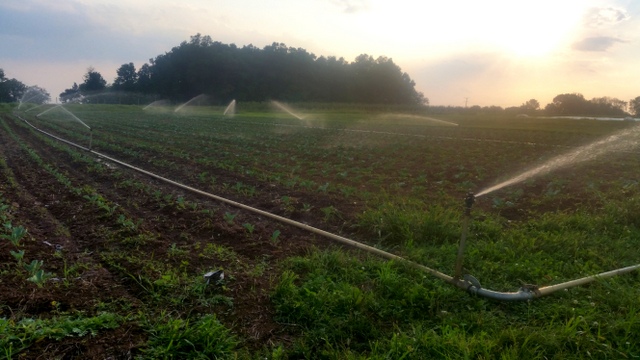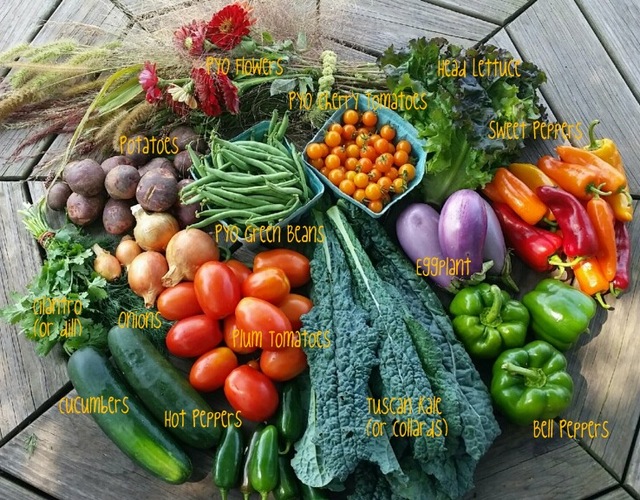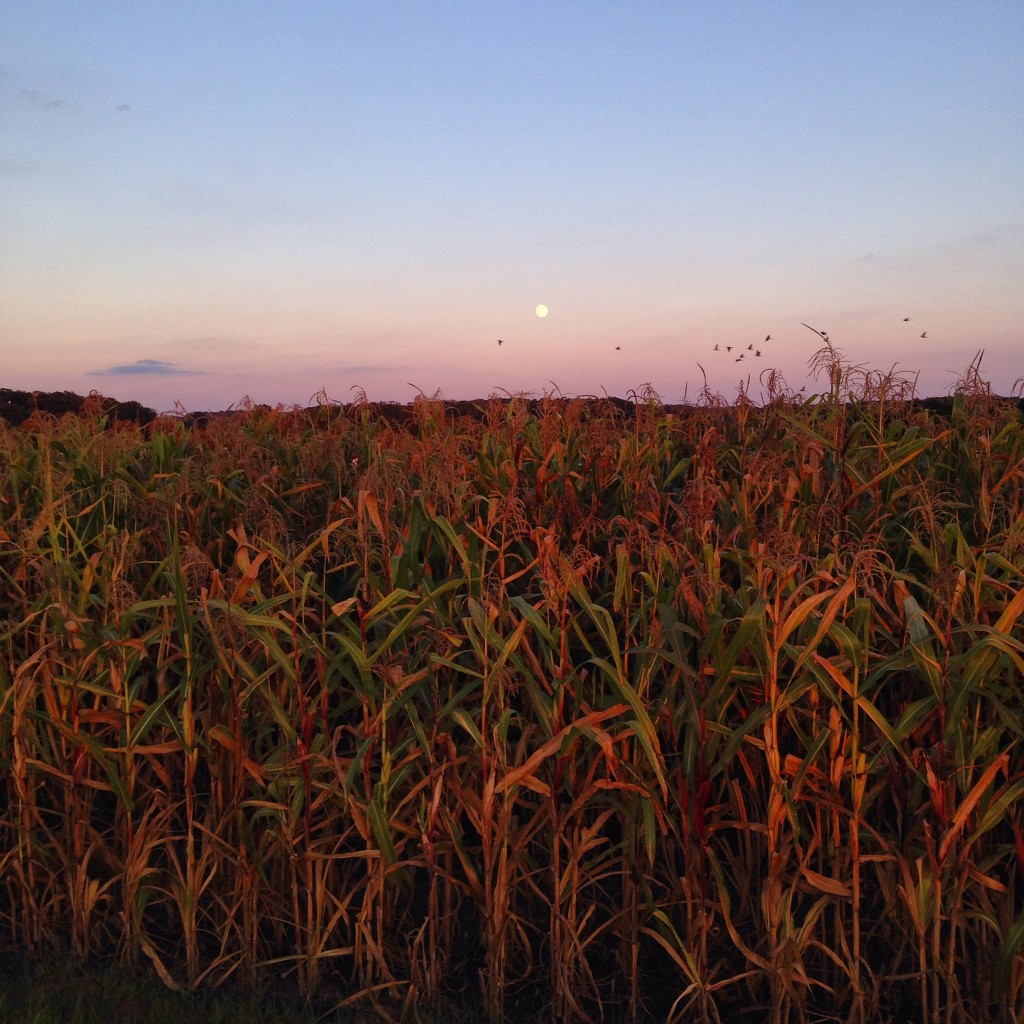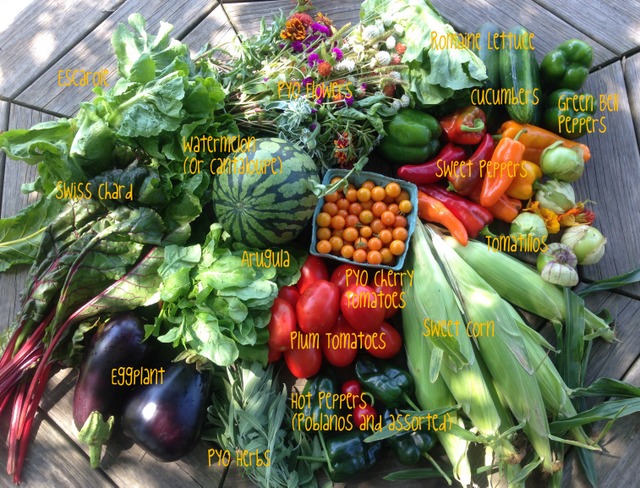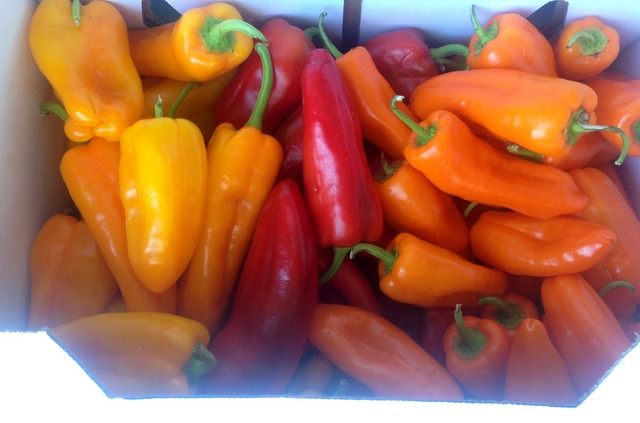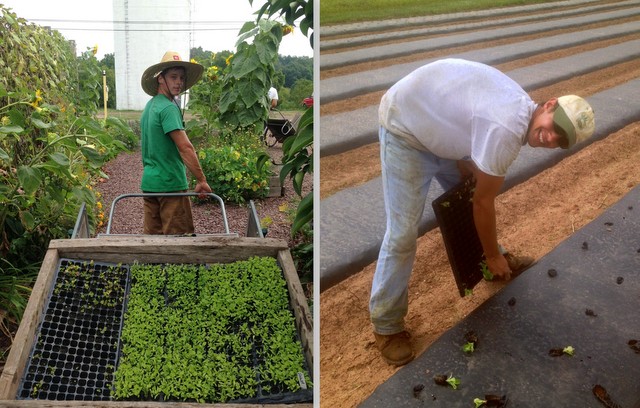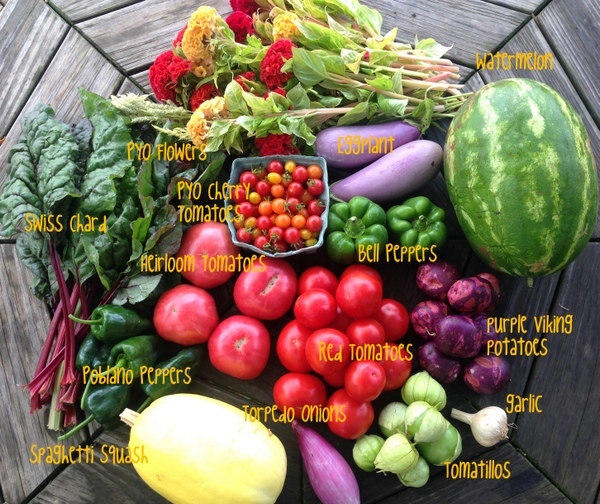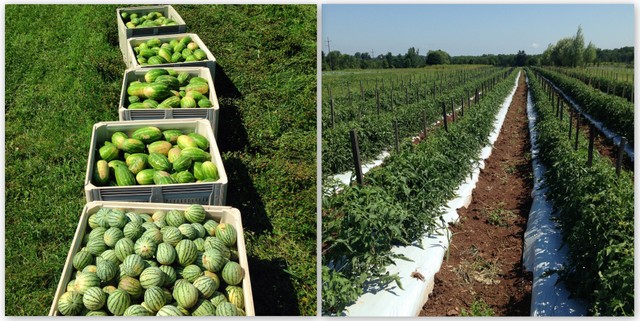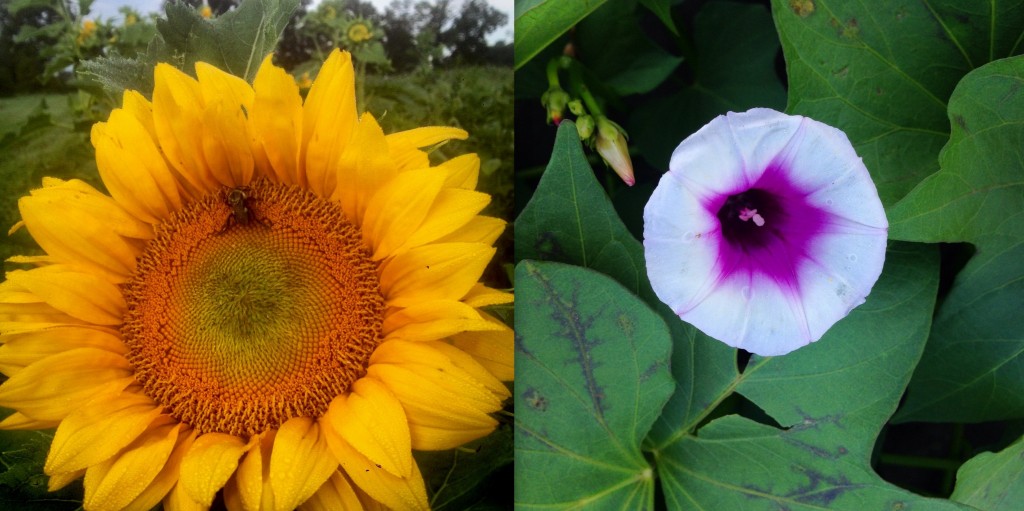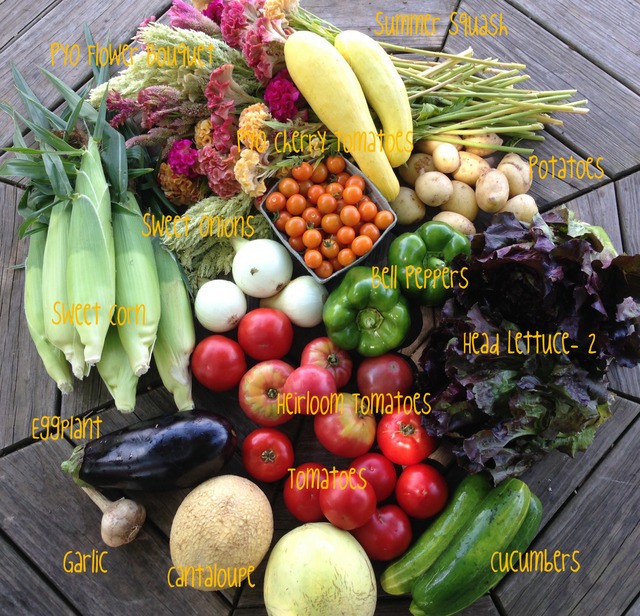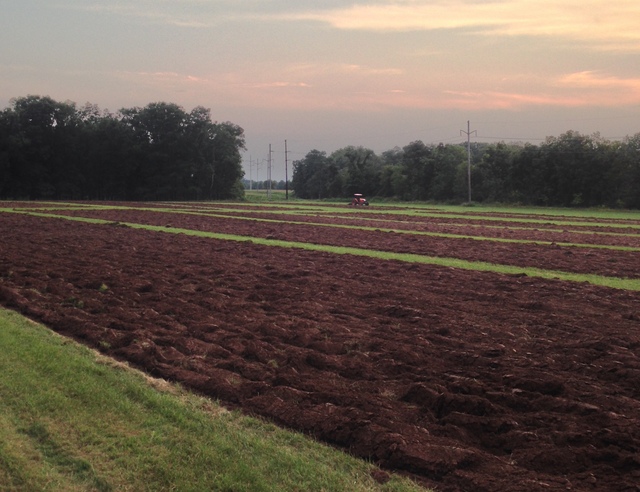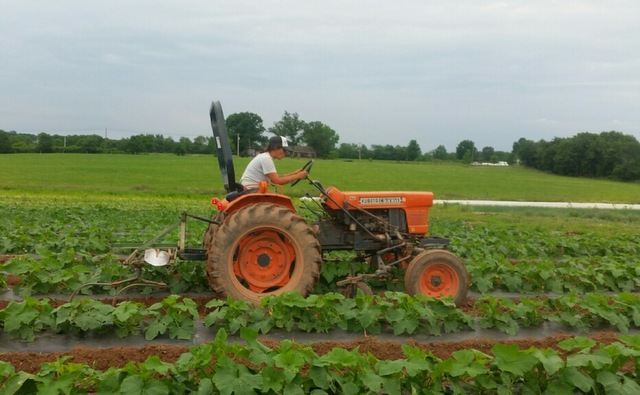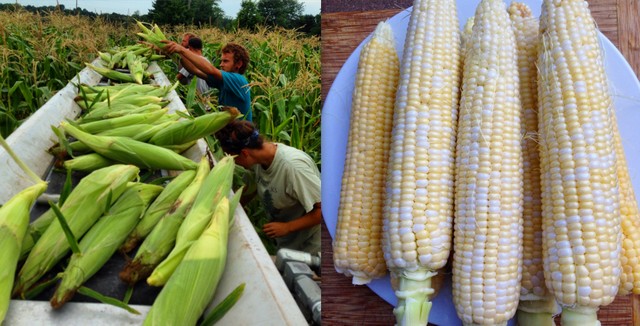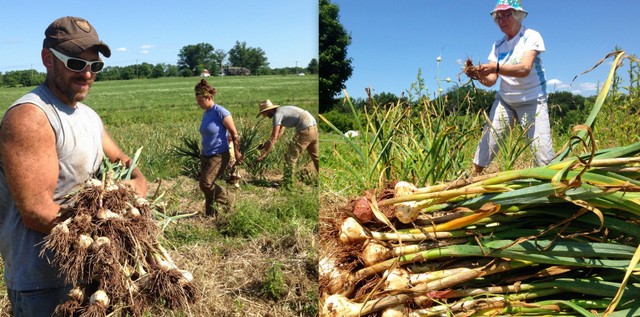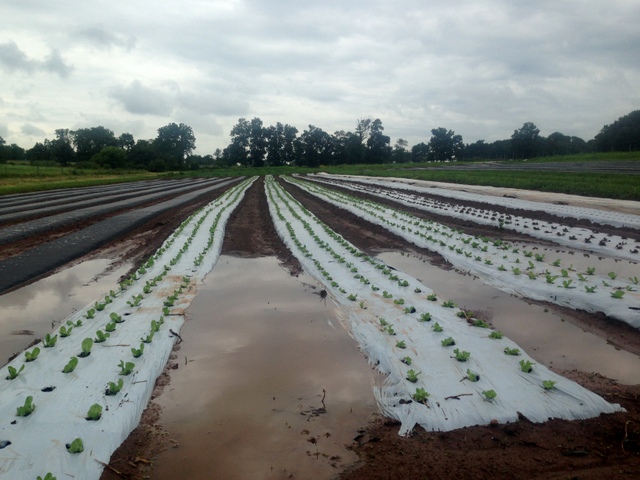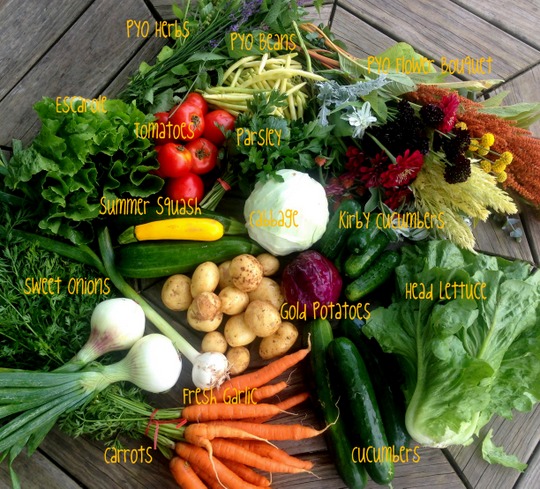01 Oct October already?
Rain and cool weather- just what our fall crops ordered. How quickly the farm greens up with a little extra moisture. Not that we haven’t been irrigating, but there is nothing like a good rain after weeks and weeks of dry. Hopefully the upcoming hurricane will spare our area the worst of the downpours. Earlier in the week before the rain fell, our farm crew scrambled to get our sweet potatoes and more field potatoes harvested while also fulfilling our regular harvest commitments, picking fall crops like broccoli and fennel, pictured below.
The sweet potatoes are a little berserker- 11 pounds was the largest one we came across. What do you do with an 11 pound sweet potato?? Yields were high, but cosmetically they are not perfect- unfortunately the exterior skin is affected by scurf. Scurf is caused by the soil borne fungus monilochaetes infuscans which grows on the surface of the sweet potato tuber. The diseased areas are grayish-brown to purplish black and are only skin-deep. This does not in any way affect edibility or the interior look or flavor- in fact our sweet potatoes are an incredible vibrant orange inside with a sweet and delicious taste- after curing for 10 days in the warm greenhouse, we will begin to sell and distribute them.
Scurf does however decrease the marketability of the sweet potatoes (they don’t look pretty), and can cause them to lose quality faster in storage. Typically conventional growers will turn to fungicides as a preventative, which is not a tool we will use as organic growers. Crop rotation and clean sweet potato slip sourcing have not made any difference for us, and supposedly scurf is worse in soils that are heavy, with not so great drainage, and high in organic matter (that’s our farm). We will continue to research this issue, and hopefully find a solution (other than growing them on some light sandy Jersey soil!). Until then, don’t judge a book by its cover, or sweet potato by its skin color.
The summer crops are truly winding down- the last of the tomatoes and sweet peppers and flowers are in this week’s share. We hope you are enjoying the transition to fall as much as we are. I personally love the return to making soups every week and roasting roots in the oven- the hakurei turnips can be eaten raw, especially those grown in the spring, but this time of year I prefer them oven roasted. Delicious!
With the change of the season, the cacophony of cicadas in the trees have segued to the chirping of tree frogs. I was lucky to spot this little guy all nestled in the crook of our pear tree. To the right is a picture of a praying mantis on a large sunflower stalk, another lovely sign of health in the garden.
Post and photos by Tricia Borneman, Blooming Glen farmer and co-owner. Tricia and her husband Tom have been farming together since 2000. Blooming Glen Farm is entering its 10th season bringing high quality certified organic vegetables, herbs, fruits and cut flowers to our local community.





